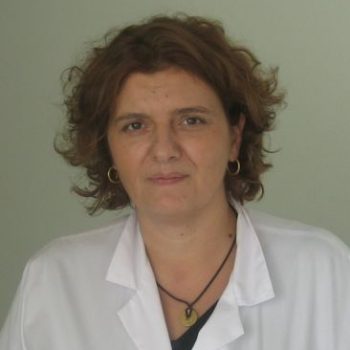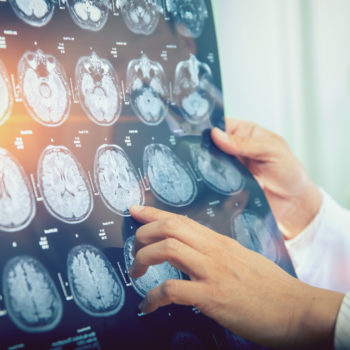Sometimes the risk of stroke may run in the family. Among the non-modifiable factors of this disease, among the first causes of mortality in Italy and around the world, is family history. We talk about this topic with Dr. Simona Marcheselli, Head of the Operational Unit for Emergency Neurology and Stroke Unit of the Humanitas Hospital.
Non-modifiable factors
Among the non-modifiable risk factors of brain stroke is primarily age. About three quarters of all stroke cases occur in people over 65 years of age and the risk of being affected almost doubles for every decade after the age of 55. Gender is also a factor, since women are more likely to be affected by cerebral stroke simply because they tend to live longer than men, with an increased risk after menopause.
In addition to age and gender, family history is also contributing to the increase in risk. Parents, grandparents, siblings and sisters who have been affected by this disease, especially before the age of 65, can increase the risk of stroke even in blood relatives: We can speak of predisposition to cardiocerebrovascular diseases – Dr. Marcheselli points out – an element that concerns much more ischemic stroke and transient ischemic attack than hemorrhagic stroke”.
“There are also genetic forms associated with small vessel diseases,”Dr. Marcheselli adds, and genetic diseases such as sickle cell anemia for example, can help outline individual risk profiles.
What to do?
Family history also applies to those diseases that are closely linked to stroke: “Those who have relatives with diabetes, hypertension or hypercholesterolemia – all diseases that can increase the risk of cerebrovascular events – will be more likely to develop them”, the doctor warns.
All these scenarios are an additional reason for prevention, “even beyond the essential choices towards a healthy lifestyle, which contribute to containing the risk of stroke, it will be necessary to share the history of your family with the doctor and undergo more frequent checks-ups”, concludes the specialist.








